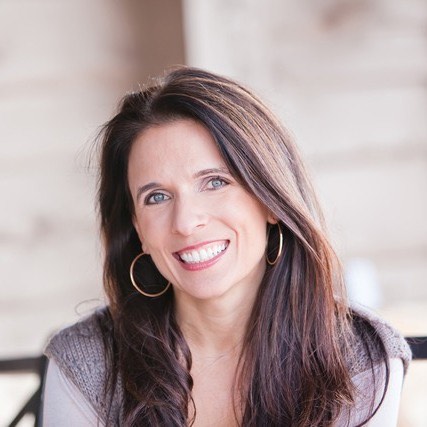A further understanding of visual storytelling and breaking news

Mellisa Harrison, Professor at Texas Christian University and host of “Covering Breaking News” at CMA NYC 2022.
By Whitney Thomas
In the world of journalism you realize that breaking news isn’t controllable and it’s not something scheduled, it just happens. At that moment the reporter assigned to the story must think at a rapid pace.
Essentially breaking news has its own key elements. Using factual information, video, and sound bites are all significant to being on the scene. The audience needs direct information. Typically when situations are fresh police are conscious about what information to release and victims may be too emotional or irradical to tell the story straight.
Situations like these are where the who, what, where and why come in. Even if sources are limited the audience will still be able to understand what’s taking place.
Meillsa Harrison, a professor of professional practice at Texas Christian University, has been a reporter for over twenty years and breaking news has always been something she’s loved.
“I love the pressure, the situation, the intensity and finding out the facts. Getting videos and interviews quickly while assessing the situation to get it on the air is very invigorating, it gives you a lot of energy with a nice adrenaline rush.”
Harrison explains that journalists must be proactive when covering breaking news. Getting to the scene quickly, gathering the facts, capturing the story elements, and using good judgment all play apart.
If a journalist is out covering a scene that is violent and puts them in harm’s way they must consider their safety and their team’s safety before gathering coverage. Active communication helps in these cases as well with set news producers.
“My biggest fear in breaking news is my life being put on the line.” says Margrett Young.
The news industry is full of competitors and breaking news is always the biggest war, because each station wants to be the first source of news. In cases like this, it is important that journalists stand on their integrity. News should mean more than just being the number one source. The facts behind the story, and validation from verified sources will carry more weight in the end.
When videoing breaking news, reporters may not be able to get completely on the scene, but should be in a close range so the audience can see what’s taking place. Keeping the lines of communication open while on the scene will help when a reporter is not able to access the scene directly. Journalists must understand that everyone on the scene has a different eye including the community. This will all help with story development.
The same integrity that you carry with covering breaking news, is the same integrity you must carry for your sources. If a reliable source is comfortable enough to communicate and give factual information, journalists must have enough respect to not air it out until the source is comfortable. Sometimes keeping sources safe allows the story to develop more.
Eventually when the story breaks the journalist will have hard evidence, and ground sources. Even if another outlet did break the news first, this would put the coverage being produced in lead being that it has more texture to the story.
Alexis Moore, a current CMA attendee says breaking news is a technique learned over time.
“This session helped me understand the techniques of what breaking news really is. I didn’t have that understanding before.”
